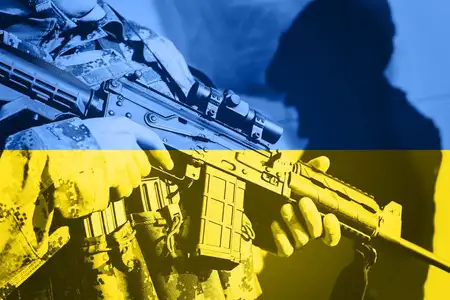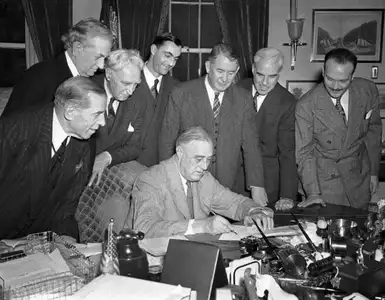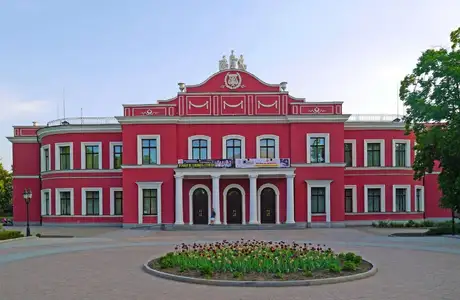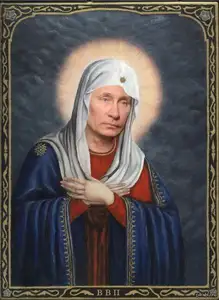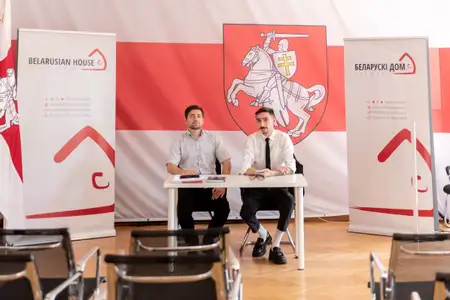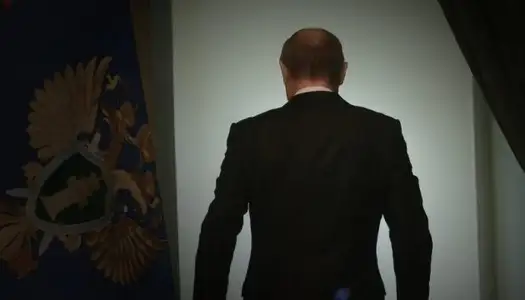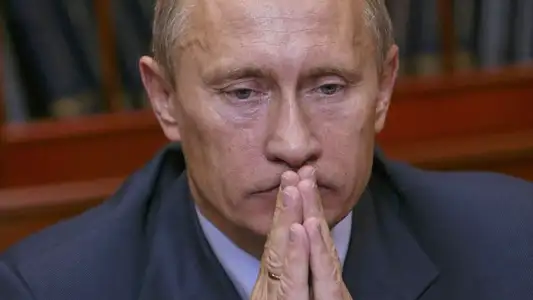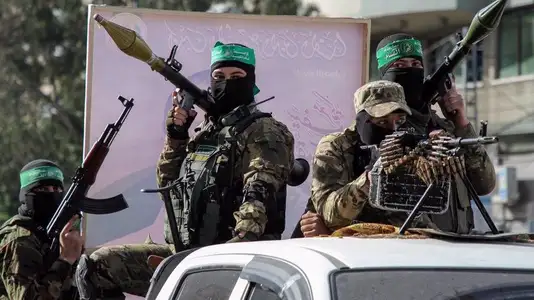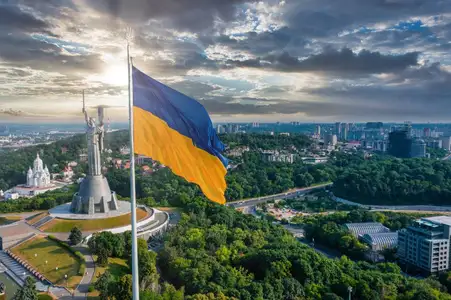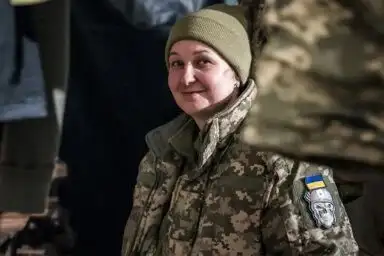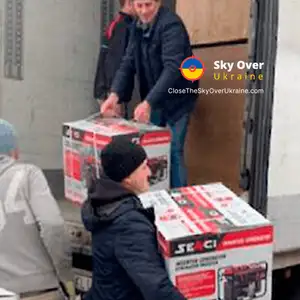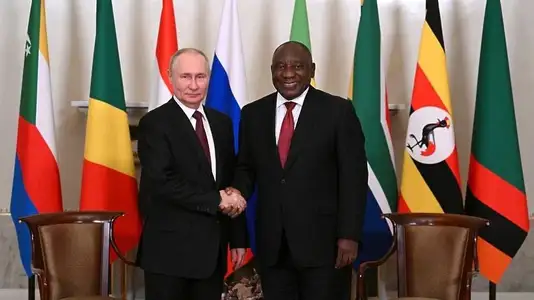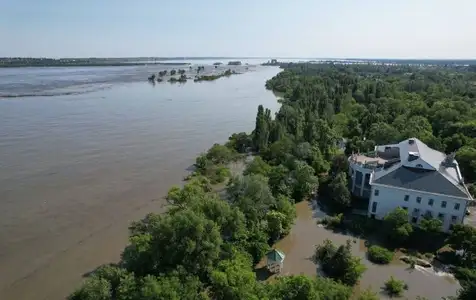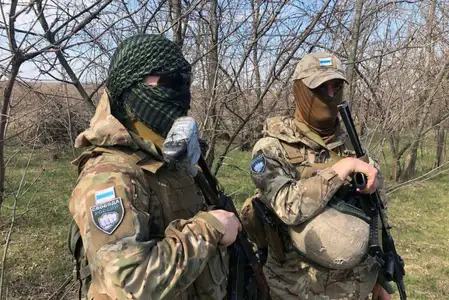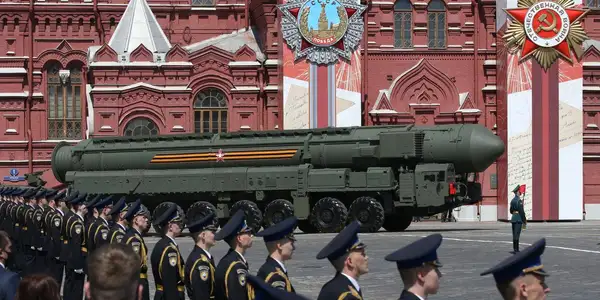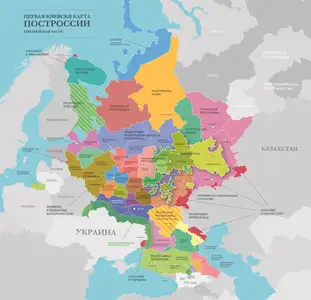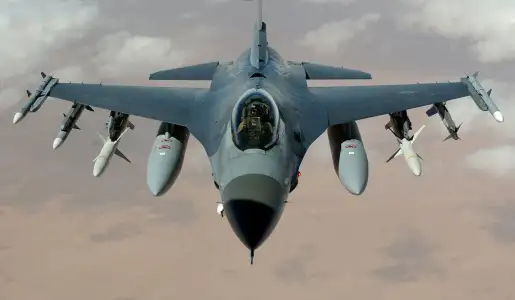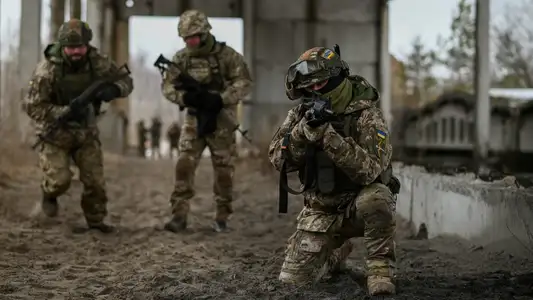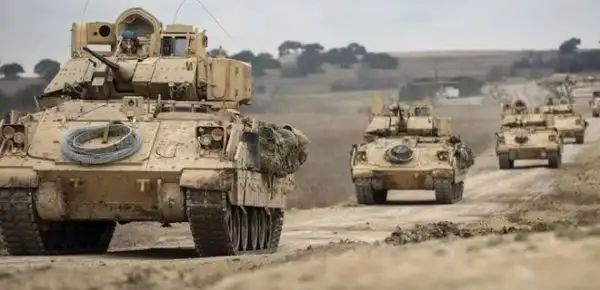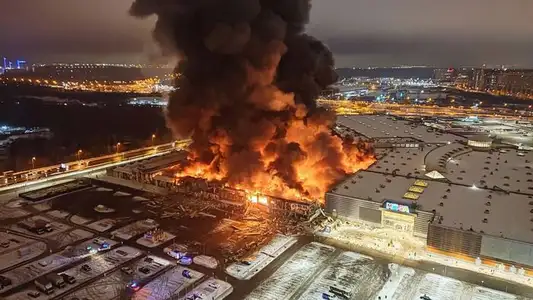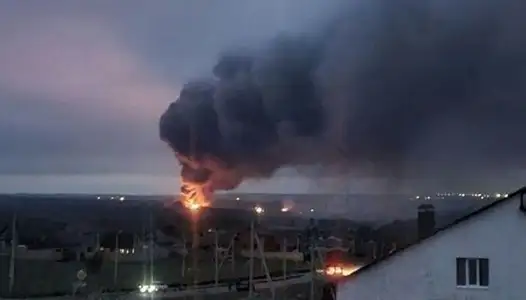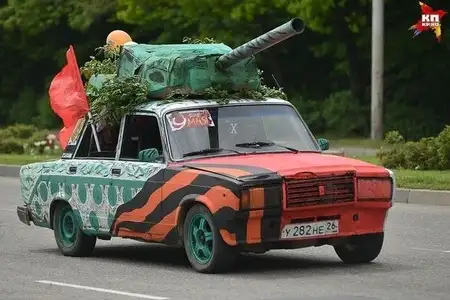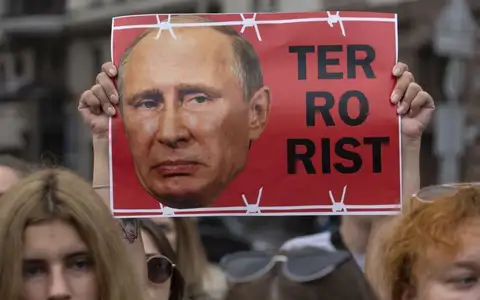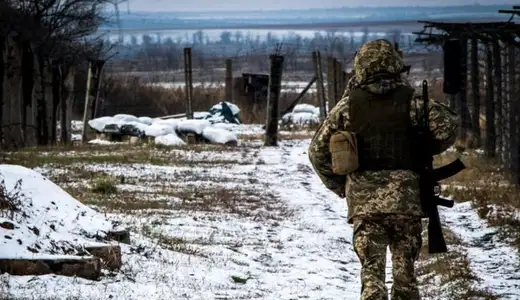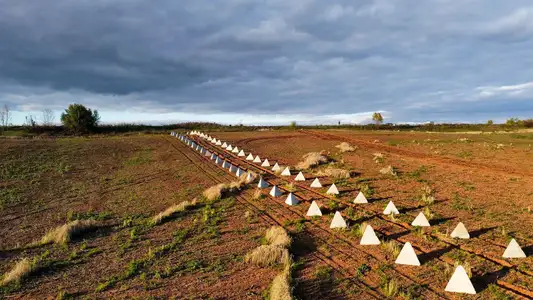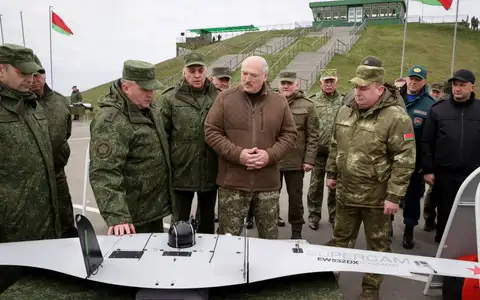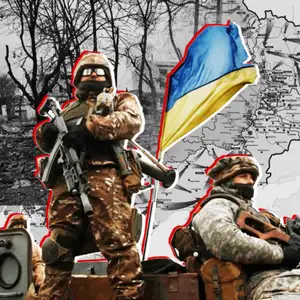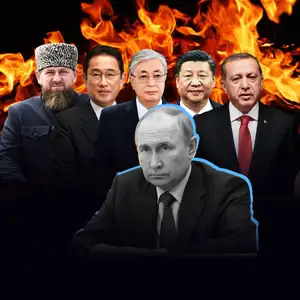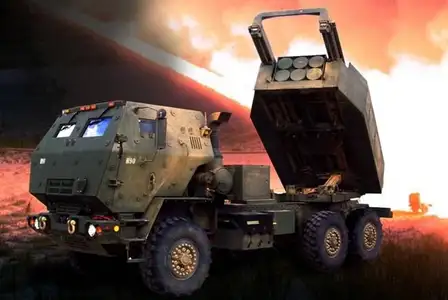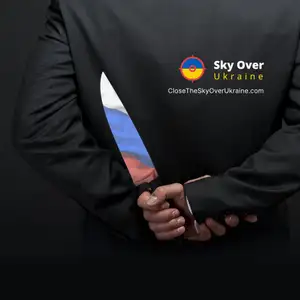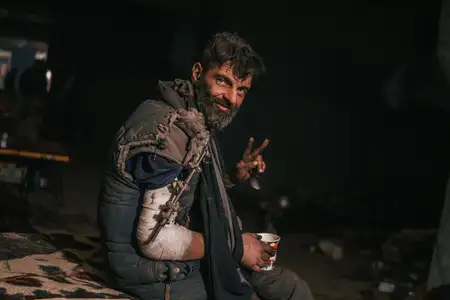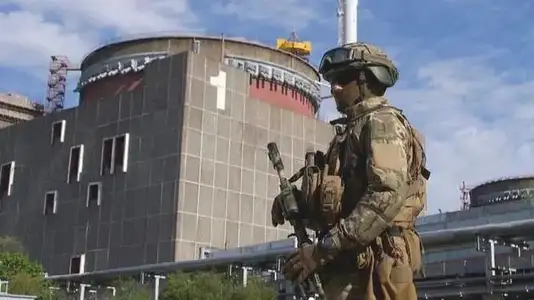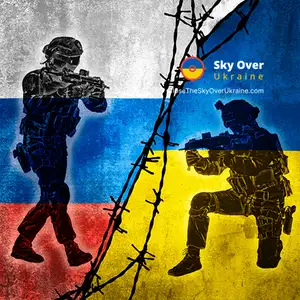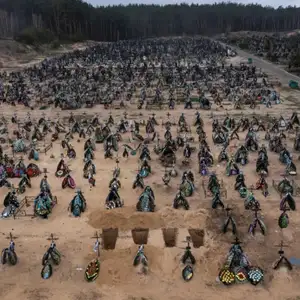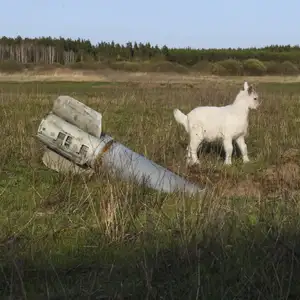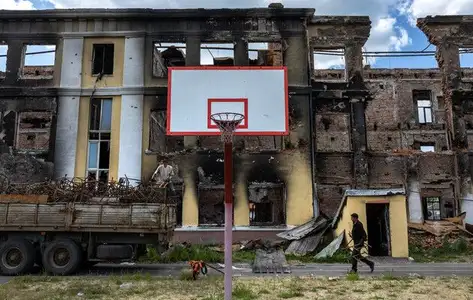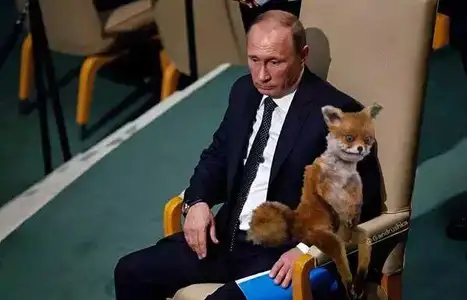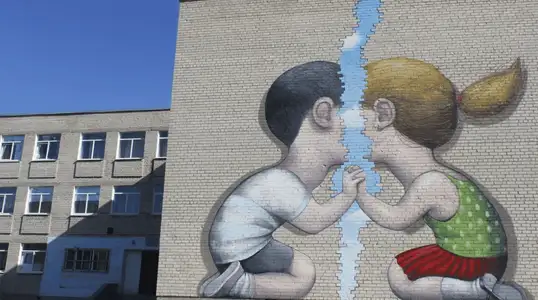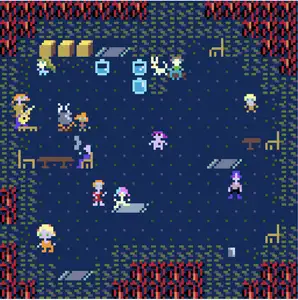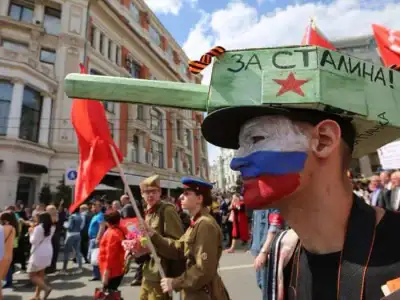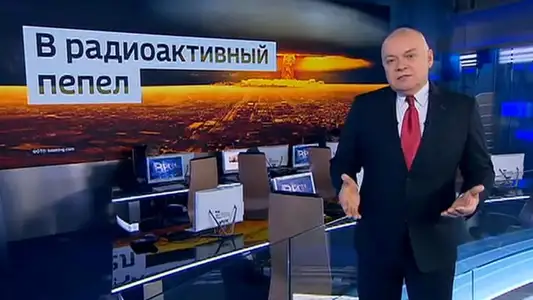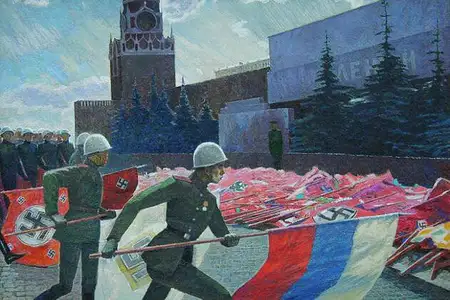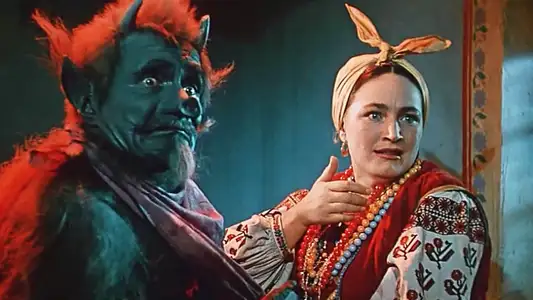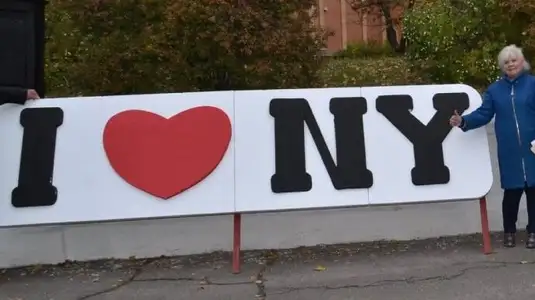Why did the war start? A brief historical overview
Every day, we tell you up-to-date news on the war in Ukraine. But we want you, as foreigner, to know and understand the background and reasons of this war.
The war, which began not on February 24, 2022. But exactly eight years before. However, like any other war, this one had its prerequisites long before.
So, we have decided to make a brief and easy-to-read overview of main historical events that have led to the current war. For us, it is very important that you and hopefully the people in your environment understand what Ukrainians are fighting for.
Long time ago: origins of Ukraine and Russia
Once, the ancestors of modern Ukrainians had a powerful state which was one of the most influential countries in Europe in the Middle Ages. It was called Kyivan Rus, with its center in ancient Kyiv. Then, Kyiv had a reputation as one of the largest cities in the world, with a population exceeding 100,000 in the beginning of the 12th century.
Kyivan Rus existed from the 9th till 13th cent. In the mid-13th cent., Kyiv was ruined by the Mongols, the state fell into decline and disintegrated into pieces. During the next centuries, these ‘pieces’ were parts of different states, still Ukrainians managed to preserve their national culture, language and identity. But they could regain its statehood and sovereignty only in the late 20th cent.
At the same time, to the north, the state of Moscow, or Muscovy, was developing, which in the early 18th century became the Russian Empire. Its rulers also considered Kyivan Rus to be the cradle of their state, and believed that Ukrainian territories were part of their state, which they called ‘Russia’ after ‘Rus’. But Ukrainians have always distinguished themselves from Russians, having their own culture, language and traditions.
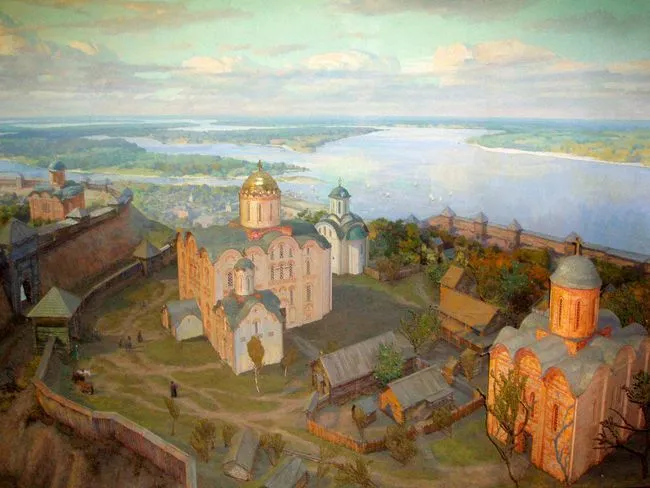
Ukraine as part of the USSR
In the early 20th century, a revolution and take-over resulted in the formation of the Soviet Union, which included 15 national republics.
Ukraine experienced a brief period of independence in 1918–20, but finely it became a part of the Soviet Union as the Ukrainian Soviet Socialist Republic. From 1922 to 1991, Ukraine was second most powerful republic of the Soviet Union, after Russia. The Soviet Union was a one-party state governed by the Communist Party, so as you can image, the concept of ‘freedom’ was very relative there. And still, there were a lot of Ukrainians who dreamt of an independent state, but it was a long way off…
The Soviet politics to make all the people not citizens of their national countries but ‘Soviet people’ caused great losses to Ukrainian people. 1930s were especially tragic for Ukrainians. Industrialization (accelerated construction of enterprises of heavy and light industries), collectivization (consolidation of individual landholdings and labor into collective farms), great famine – “Holodomor” – in Ukraine (1932-1933), and finally Stalin’s repressions. All this radically changed the social-economic relations in the country, millions of people died.
During the Second World War, the entire territory of Ukraine was occupied by German troops. At the beginning of the war, an attempt was made to create a Ukrainian state under the protectorate of Germany, but the occupation authorities reacted negatively to this idea, so it failed. Soviet power in Ukraine was restored in 1944. More than 5 million people in Ukraine died in the war, about 700 cities and towns were destroyed.
On August 22, 1945, the Presidium of the Supreme Soviet of the Ukrainian SSR ratified the United Nations Charter, thus the Ukrainian SSR along with the Belorussian SSR became one of the 51 founding countries of the UN.
In 1954, the Crimea peninsula was transferred from the Russian SFSR to the Ukrainian SSR mainly to simplify economic relations. Then no one would have thought that the Soviet Union would not last forever and in the future territorial issues could cause conflicts.
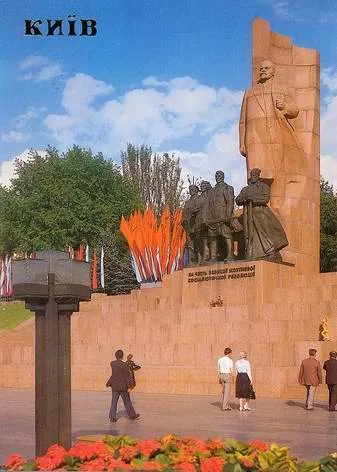
Collapse of the Soviet Union
During the 1960s and 1970s, the dissident movement arose that was critical of Soviet policy towards Ukraine. Intellectuals played a leading role in dissent, and Soviet authorities imprisoned thousands of dissidents.
On April 26, 1986, the accident at the Chernobyl nuclear power plant located near Kyiv in the town of Prypiat caused radioactive contamination of vast territories and further increased distrust of the Communist party leaders, who tried to hide the fact of the accident.
During Perestroika (reformation attempt within the Communist Party of the Soviet Union), the rise of the national movement began. In 1990, the first democratic elections were held to the Supreme Soviet of the Ukrainian SSR, which adopted the Declaration of Sovereignty of Ukraine.
After the events of August 1991 (the coup in Moscow against Mikhail Gorbachev), on August 24, the Supreme Soviet of the Ukrainian SSR proclaimed the independence of Ukraine and the formation of an independent Ukrainian state (Ukraine), which was later confirmed by a nationwide referendum on December 1, 1991.
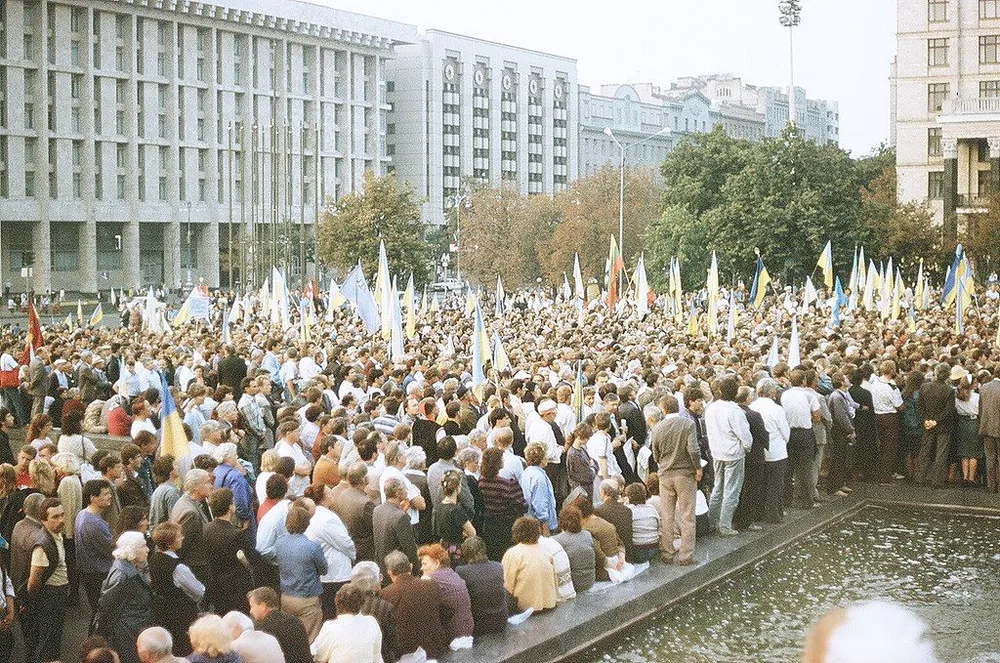
Young independent Ukraine
Most of the Ukrainians supported the idea of sovereignty, so they were happy that Ukraine had finally regained its independence after so many years of pressure and restrictions. But things were not that easy.
First, the collapse of the vast state was a great economic shock to all the former republics. All of us, who were kids or teenagers then, remember that 1990s were very hard years. Second, the economic, military, territorial, and political disputes caused tensions between Ukraine and Russia.
In 1994, an international agreement (Budapest Memorandum) was signed in Budapest between Ukraine, Russia, Great Britain, and the United States on guarantees for Ukraine in connection with its obtaining non-nuclear status. Under the document, Kyiv abandoned its nuclear arsenal, which at the time was the third most powerful in the world after the United States and Russia. Kyiv handed over the missiles to Russia (which proclaimed itself the legal successor to the USSR), in exchange for security guarantees and economic assistance.
As the former “metropolis”, Moscow had its own claims and wanted to maintain its influence over the second most important former republic, Ukraine. The situation was moderate as long as democratic forces were in power in Russia. But everything changed in the 2000s, when Vladimir Putin actually began to usurp power and change both the domestic and foreign policy course of the Russia. Why? Let’s figure it out in the next sections.
Orange Revolution
In 2004, there were two rounds of presidential elections in Ukraine. In the final, there were two candidates: the pro-Russian Viktor Yanukovych and the pro-Western Viktor Yushchenko. During the second round of elections mass falsifications were recorded, affecting the result, which declared the victory of the pro-Russian candidate Viktor Yanukovych.
Mass protests began among Ukrainians. Representatives of the intellectual and political elite took part in rallies in many parts of Ukraine, which supported Yushchenko. It was crucial for Ukrainians to defend their right to vote and to fair elections. The protests were called ‘Orange Revolution’.
On December 26, 2004 there was a re-vote for the second round of presidential elections in Ukraine. According to its results, Viktor Yushchenko won with a margin of almost 8% of the votes.
The victory demonstrated that Ukraine is a really democratic country which Ukrainians had dreamt about. But in the same time, these political events in Ukraine became a point of irreversible political change in neighboring Russia and, as a consequence, the usurpation of power by Vladimir Putin for the sake of suppressing democratic freedoms.
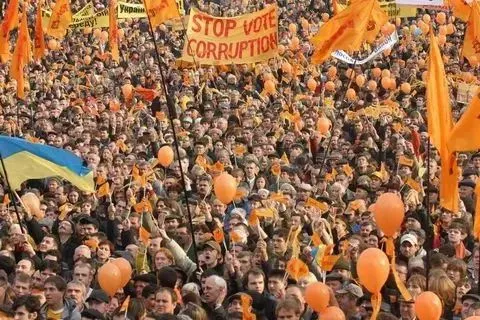
Ukraine’s integration with EU and NATO
Dialogue on a new agreement between Ukraine and the EU began in March 2007. Ukraine defined integration into the European political, economic and legal space with the purpose of obtaining EU membership as one of the fundamental pillars of its foreign policy.
On April 2-4, 2008, an event occurred which is very important for understanding the current situation. At the NATO summit in Bucharest, US President George Bush attempted to grant Ukraine and Georgia a Membership Action Plan (MAP).
Putin strongly opposed it, making it clear that Moscow would not recognize Ukraine’s independence. As a result, Germany and France blocked Bush’s plan. Ukraine and Georgia were promised membership in NATO, but without a date. Ukraine, under such pressure, had to give up on a military alliance in the short term, so it opted for economic integration through an association agreement with the European Union.
Pro-Russian Yanukovych as President
In February 2010, on the next presidential elections, Viktor Yanukovych was elected as president. This was perceived by many Ukrainians as a real catastrophe. They feared that due to his pro-Russian tendencies, he could reorient Ukraine’s geopolitical course towards Russia rather than Europe, what the majority of Ukrainians wanted.
The clearest example of how much Russia's influence over Ukraine increased during the Yanukovich administration, was so called Kharkiv Pact. In April 2010, Viktor Yanukovych and Dmitry Medvedev, then president of Russia, signed an agreement extending the Russian Black Sea Fleet in Sevastopol from 2017 to 2042. Thus, the stay of the navy of another state in the sovereign borders of Ukraine was legalized for decades to come.
Revolution of Dignity of 2013-2014
At the 15th Ukraine-EU Summit in Kyiv on December 19, 2011, negotiations on the EU association agreement were completed, and on March 30, 2012, the agreement was signed by the representatives of Ukraine and the EU.
Nevertheless, the problems began. In the summer of 2013, a few months before the possible signing of Ukraine’s association decision with the EU, Russia began to exert large-scale economic pressure on Ukraine, almost completely blocking Ukrainian exports at the border. The pro-Russian government suspended preparations for signing of the association on November 21, 2013.
This led to massive protests all over Ukraine (in the eastern regions as well), which went down in history as ‘Euromaidan’, ‘Maidan’, or ‘Revolution of Dignity’. It was the struggle of the Ukrainian people against the arbitrariness of the authorities, corruption and the foreign economic course of the state, which was determined for them by the current president.
On February 18-20, the Maidan protest reached its bloody peak – on Yanukovych’s orders, the security forces shoot more than 100 protesters. We call them ‘Nebesna Sotnia’, that is ‘Heavenly Hundred’.
On February 22, 2014, Yanukovych escaped from Kyiv. On the same day, the people’s deputies supported a resolution on Viktor Yanukovych’s self-removal from the office of President of Ukraine.
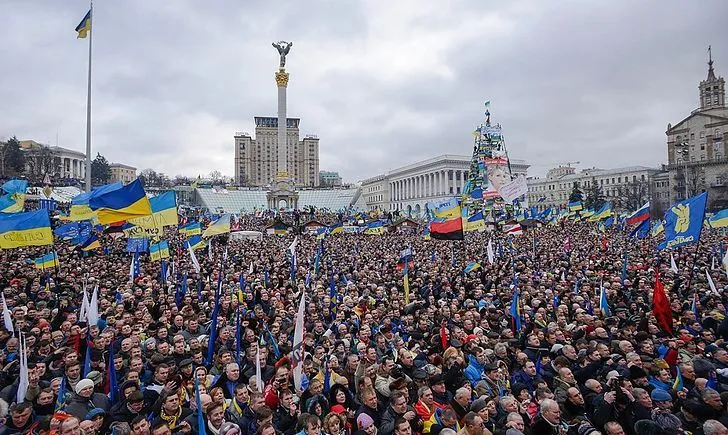
Annexation of Crimea
Taking advantage of the political crisis in Ukraine, Russia made an insidious seizure of Crimea at the end of February. Russian regular troops took over all strategic areas on the peninsula and blocked the actions of Ukrainian troops.
However, from the very beginning, the Russian authorities refused to acknowledge their presence in Crimea. That’s why we called them ‘little green men’. And only later Putin admitted that this was indeed the Russian military.
This is how the Russian-Ukrainian war actually began.
Donbas: Certain areas of Donetsk and Luhansk regions
In April 2014, the ‘little green men’ invaded the most eastern regions of Ukraine – Donetsk and Luhansk. They provided military assistance to local separatists and, in fact, Kremlin agents. The letter created quasi-state formations in the territories of the occupied parts of the Donetsk and Luhansk regions of Ukraine and proclaimed the so-called “Donetsk and Luhansk People's Republics”.
Summer 2014 was a period of hot military confrontation in the Donbas. The Ukrainian army, which at that time was in a terrible technical condition, suffered heavy losses. But it was still able to push back the separatists and Russian forces and to liberate a significant part of the Donetsk and Luhansk regions within what then was called ‘Anti-Terrorist Operation’.
On July 17, 2014, near Torez, Donetsk region, a Malaysian Airlines Boeing 777 carrying out a regular flight MH17 was shot down by the pro-Russian separatist. All passengers and crew – 298 people – were killed. The crash becomes one of the largest in terms of casualties in history.
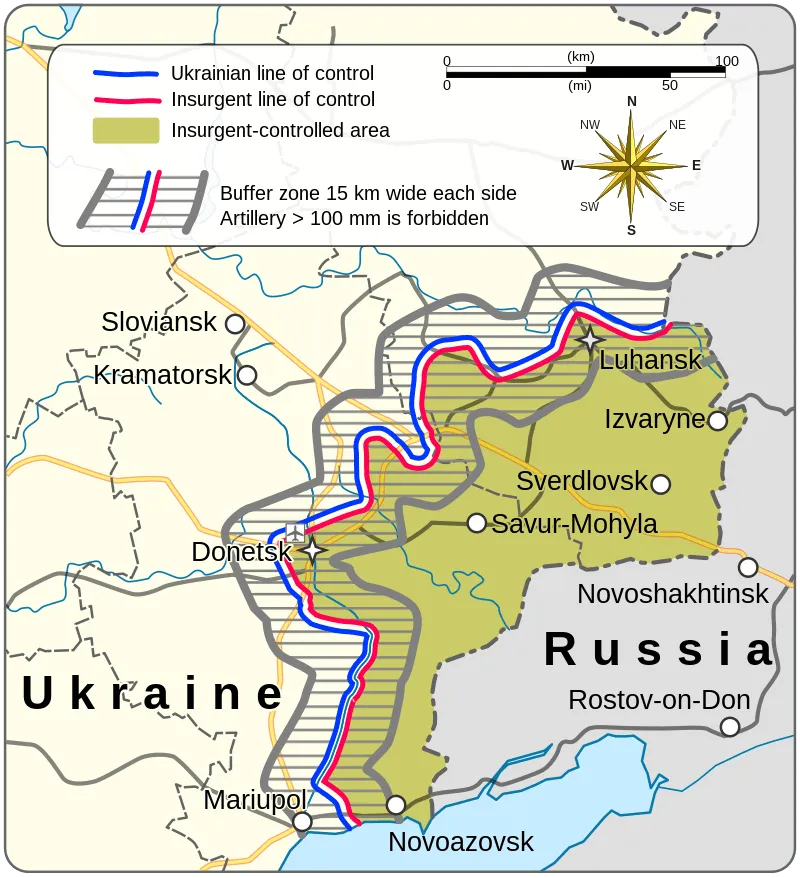
‘Frozen’ conflict
As a result, of the so called Minsk agreements in September 2014 and February 2015, a ‘cease-fire’ in the Donbas was achieved. So far, the conflict was frozen. Nevertheless, positional battles continued throughout all these years.
Meanwhile, the next Ukrainian President Petro Poroshenko (elected on June 7, 2014) led openly pro-Ukrainian and pro-European policy. Under his rule, numerous reforms were implemented, including the decommunization of Ukraine.
On June 1, 2017 Visa-free travel between Ukraine and the European Union entered into force, allowing Ukrainian citizens to freely cross the interstate borders of the European Union without prior application to an embassy for permission.
On May 20, 2019 the inauguration of the sixth president of Ukraine, Volodymyr Zelensky, took place. Zelensky announced that the course of Ukraine remained unchanged: this included European integration and accession to NATO. And also, the end of the war in the Donbas and the return of all Ukrainian territories.
‘New’ – full-scaled – invasion
But as it turned out, both the new president and the entire Ukrainian people had much bigger challenges to face in 2022. Because it also turned out that the Russian Federation was all this time preparing for a major war. In order to destroy Ukraine as a state.
You know the subsequent story. After all, since February 24, Ukraine has been in the news of every country in the world…
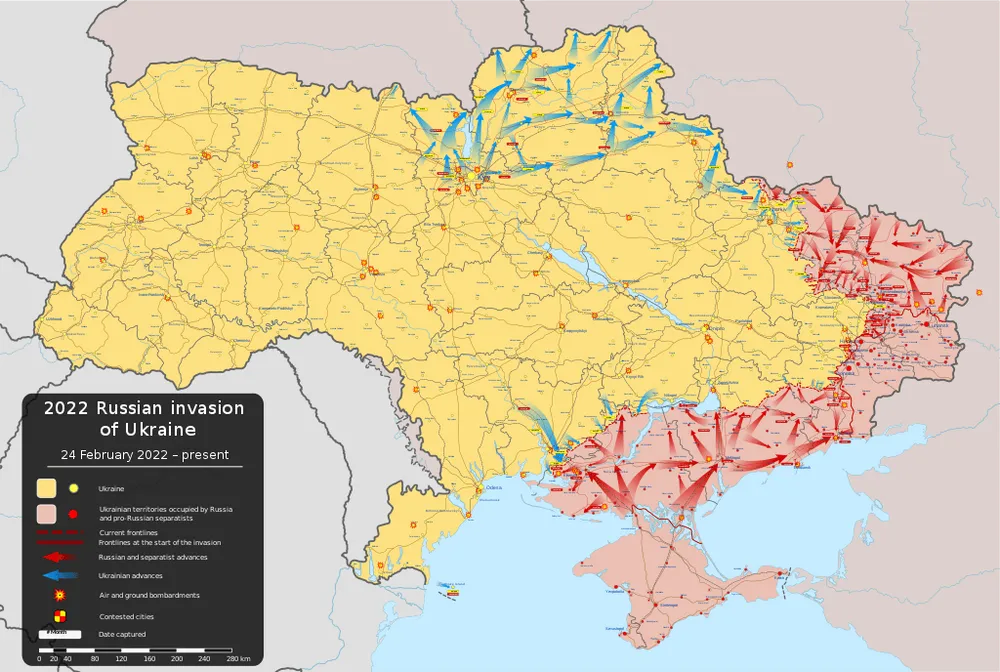
Now, why Putin believed he could conquer such a huge country as Ukraine, to seizure such big cities as Kyiv, Kharkiv, Odesa?.. And why he couldn’t? Why does he hate Ukrainians so much and dream about extinction of Ukraine?
This is definitely a topic for a separate conversation. Leave us your feedback if you’re interested in finding answers to these and other questions in our future publications.
Our recommendation:
To learn more historical details, please visit the website UA War Explained, created for you by our colleagues, Ukrainian activists. It is available in many languages.
Author - Anastasiya Glotova, 20/07/2022

